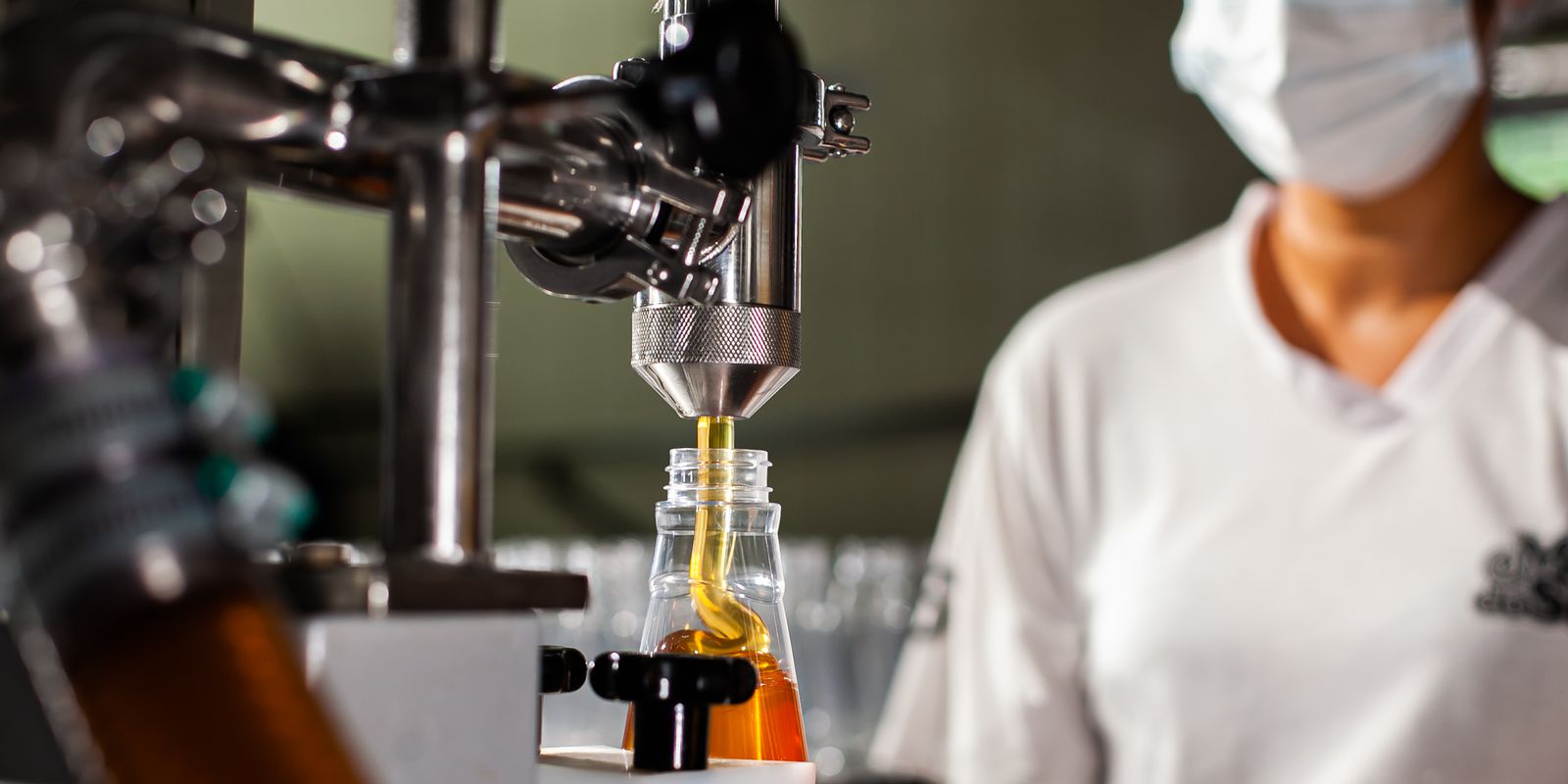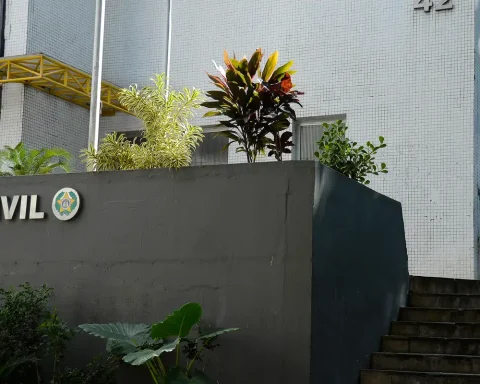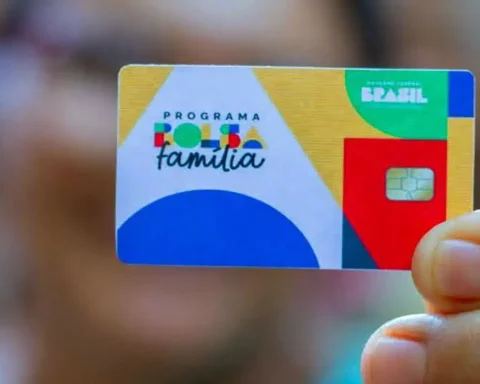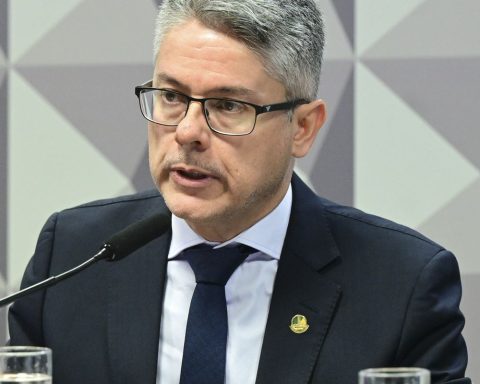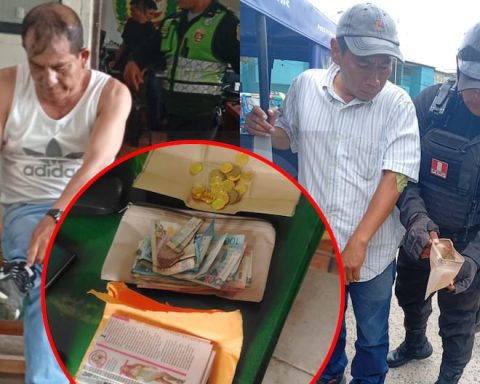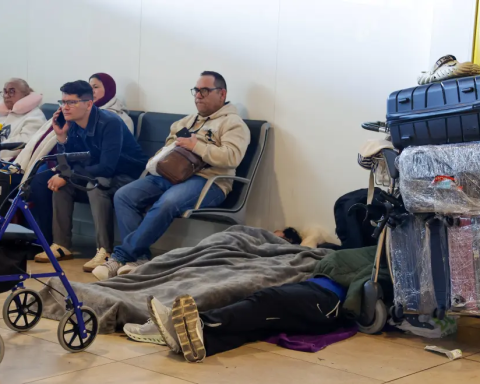Brazilian industrial production rose 0.6% from June to July and advanced in four of the 15 locations analyzed by the Regional Monthly Industrial Survey (PIM), released today (9), in Rio de Janeiro, by the Brazilian Institute of Geography and Statistics. (IBGE). There were increases in Pará (4.7%), Mato Grosso (3.7%), Santa Catarina (1.9%) and Rio de Janeiro (0.7%). All these percentages are above the national average.
According to PIM Regional analyst, Bernardo Almeida, measures that directly impact the production chain and household consumption may explain the highs in these locations. “The reduction of the Tax on the Circulation of Goods and Services (ICMS) on fuels and the increase in social benefits modify decision-making by production, with a tendency to anticipate, due to these measures”, he observed.
Iron ore
For the analyst, among the main industries responsible for the growth in each location in the highs of July, is the advance in Pará, caused by the performance of the iron ore extractive industry.
Other states also had highlights. “In Rio de Janeiro, the extractive sector is also largely responsible for the rise, but we highlight oil and natural gas. In Santa Catarina we have the sectors of machinery and equipment and rubber products and plastic material. In Mato Grosso, the main sector that had a positive influence was food”, he informed.
The negative highlights were Espírito Santo (-7.8%), which increased the fall of 1.3% in June; Bahia (-7.3%), which eliminated the accumulated gain of 7.6% obtained between February and June; and the Northeast region (-6%), which had a drop in production of 6.8% in three consecutive months. Minas Gerais was stable.
“Negative effects that we observed in previous disclosures still remain. On the supply side, the supply of inputs and the rising cost of raw materials, and on the demand side, high inflation and high interest rates, causing credit to become more expensive. All of this directly impacts household consumption and the production chain,” he concluded.
The largest industrial park in the country, which is the state of São Paulo, dropped 0.6% compared to June. According to the IBGE, the percentage represented the second greatest influence on the national industrial result, behind only Bahia in July. For the analyst, the sectors that most negatively impacted the result of the São Paulo industry were automotive vehicles and the machinery and equipment sector.
Almeida also added that, despite the positive factors, with the government measures, negative effects still remain, such as high inflation, higher credit and raw materials prices and shortages in supplies. “As in the national industry, these factors can also be observed in the industry in São Paulo. With this result, the São Paulo industry is 1.5% below its pre-pandemic level”, he signaled.
July 2021
If compared to July last year, the industrial sector registered a drop of 0.5%, with four of the 15 surveyed locations showing a negative rate. In that month, Espírito Santo had a double-digit reduction and the sharpest drop (-10.6%), but Mato Grosso (25.6%) had a positive highlight. “It is worth mentioning that July 2022 (21 days) had one less working day than the same month in 2021”, pondered the IBGE.
Search
According to the IBGE, since the 1970s, the Regional PIM survey has produced short-term indicators related to the behavior of the real product of extractive and manufacturing industries. “Bring [o estudo]monthly, indexes for 14 federation units whose participation is at least 1% in the total value of the national industrial transformation and, also for the Northeast as a whole: Amazonas, Pará, Ceará, Pernambuco, Bahia, Minas Gerais, Espírito Santo, Rio de Janeiro, São Paulo, Paraná, Santa Catarina, Rio Grande do Sul, Mato Grosso, Goiás and the Northeast Region”.
